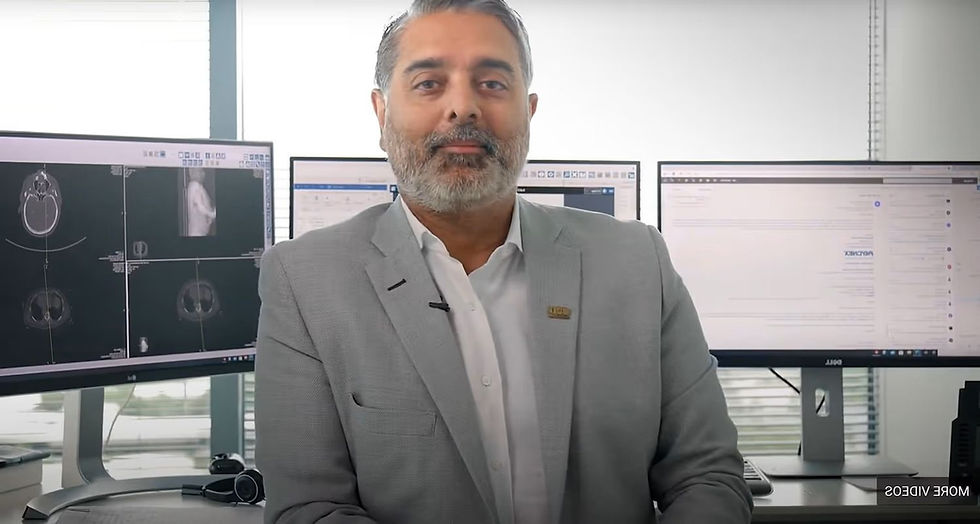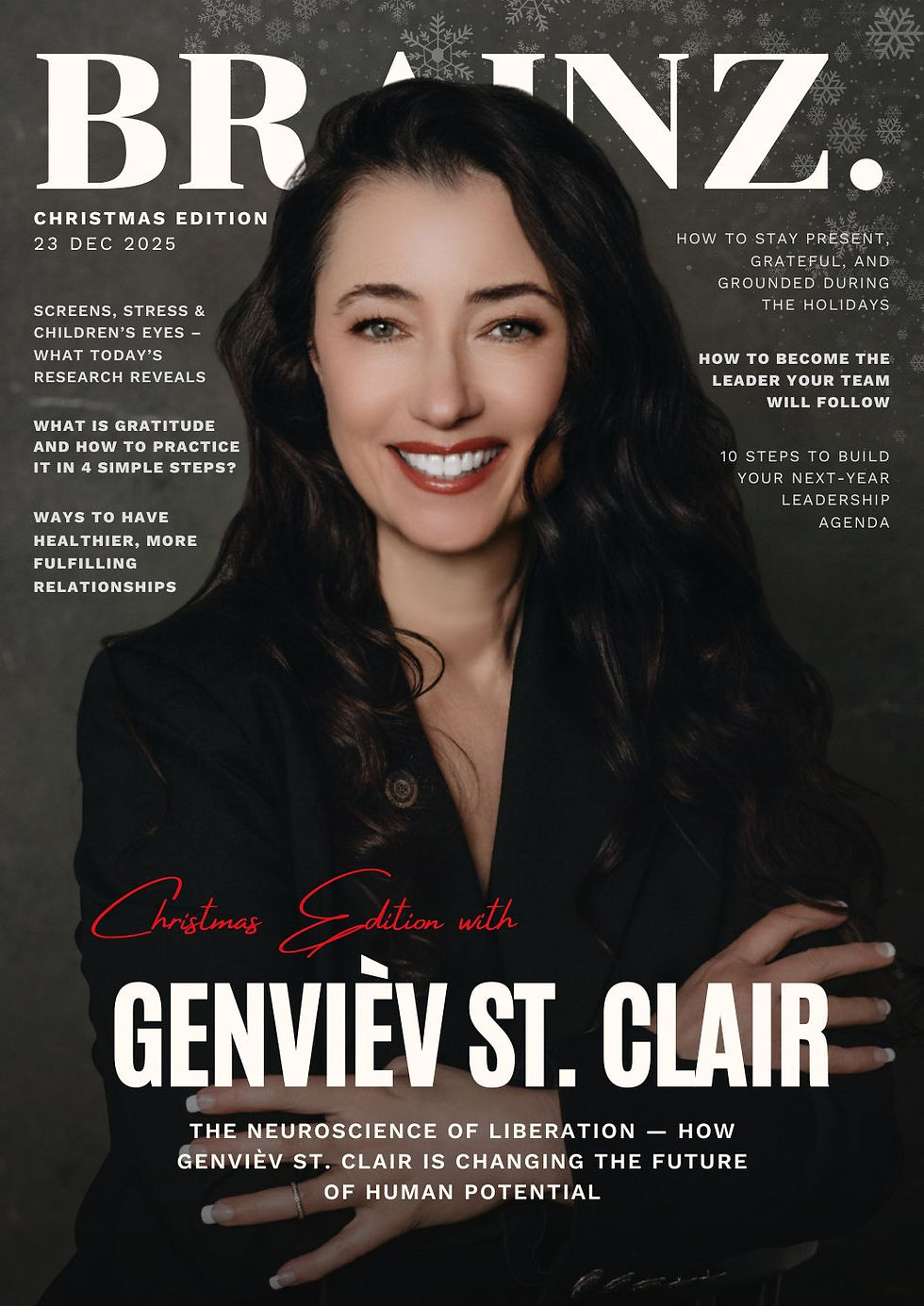The Radiology Group’s Founders Chose Purpose Over Profit
- Brainz Magazine

- Jul 20
- 3 min read
In 2005, Drs. Anand and Tejal Lalaji had just completed their radiology training at Wake Forest University. Like many new specialists, they had job offers from larger hospitals and urban medical systems. But instead of chasing prestige, they made an unexpected choice. They moved to rural Georgia.

“We didn’t set out to build something revolutionary,” says Dr. Tejal Lalaji. “We just saw a real need—and we wanted to meet it in a quiet, effective way.”
That need was in rural hospitals. Places where doctors were still reading hard-copy films. Places where patients waited hours—or even days—for radiology reads. The Lalajis believed new technology could help.
So they started The Radiology Group.
Early Belief in Teleradiology Before It Was Common
Teleradiology wasn’t widely trusted in 2005. Internet connections were slow. Bandwidth was spotty. Many doctors doubted the reliability of digital reads.
But the Lalajis saw something others didn’t: a way to bring expert care to places that couldn’t afford it any other way.
“We realized we could read images from anywhere,” says Dr. Anand Lalaji. “And more importantly, we could be present for doctors who felt alone in the field.”
Starting small, they worked in a single local hospital with Dr. Mahendra Patel, their father and father-in-law. They read scans remotely, fixed their own tech issues, and often faced skepticism from on-site staff.
“There were server failures, dropped reads, and trust issues,” says Tejal. “But we kept showing up. That made all the difference.”
Building Connection Over Scale
As their work expanded, The Radiology Group made a defining decision: to stay focused on rural hospitals only.
This meant turning down large urban contracts that didn’t align with their mission.
“One big hospital wanted volume and speed, not connection,” says Anand. “We walked away. It wasn’t easy, but it reminded us who we were.”
Instead of chasing bigger markets, they doubled down on presence. Radiologists visited partner hospitals in person. They ate in cafeterias and walked the halls. They answered 3 a.m. texts from emergency room doctors. They even created a secure mobile app so local physicians could connect with them instantly.
“Our goal was to be more than a name on a report,” says Tejal. “We wanted to be real to the people we served.”
Doctor-Led in a Private Equity World
Today, most teleradiology practices are owned by private equity firms. But The Radiology Group is still run by doctors.
That’s not just a business detail—it’s a cultural difference.
“We’re not reporting to investors,” says Anand. “We’re accountable to patients and providers. That changes how we make decisions.”
The team has also focused on supporting their own radiologists. Remote reading can lead to burnout, isolation, and turnover. TRG works hard to provide emotional and professional support to keep their team grounded and effective.
“If our radiologists feel cared for, it shows in their work,” says Tejal. “That matters.”
Measuring Success in Quiet Ways
The Radiology Group hasn’t made headlines with billion-dollar deals or fast growth. But they’ve built something just as important: trust.
“Success isn’t always loud,” Anand says. “Sometimes, it’s a hospital CEO emailing at midnight just to say thank you. That means more to us than anything.”
Their story is a reminder that innovation doesn’t always mean disruption. Sometimes, it means listening closely to the people being left behind—and using existing tools to meet their needs in a better way.
“We didn’t invent anything new,” says Tejal. “We just used what was already there and showed up where others didn’t.”
What Others Can Learn from Their Journey
For those building careers or businesses today, the Lalajis offer simple advice: “Know who you’re for,” says Anand. “That one decision filters every other one.”
They built their systems, schedules, and communication around rural hospitals. That clarity made it easier to say no to distractions—and yes to the people who needed them most.
Tejal adds: “When you stop trying to please everyone, you start delivering for someone. That’s where meaningful work begins.”
A Lasting Impact, One Quiet Town at a Time
Nearly 20 years after they began, The Radiology Group continues to serve small-town hospitals across the country. Their model is still based on presence, simplicity, and service.
They didn’t chase scale. They didn’t follow trends. They remembered where they came from—and they built something better from that place.
And in doing so, they’ve proven something powerful: Big ideas don’t always need big cities to succeed. Sometimes, they just need a quiet town, a steady hand, and a clear sense of purpose.










.jpg)